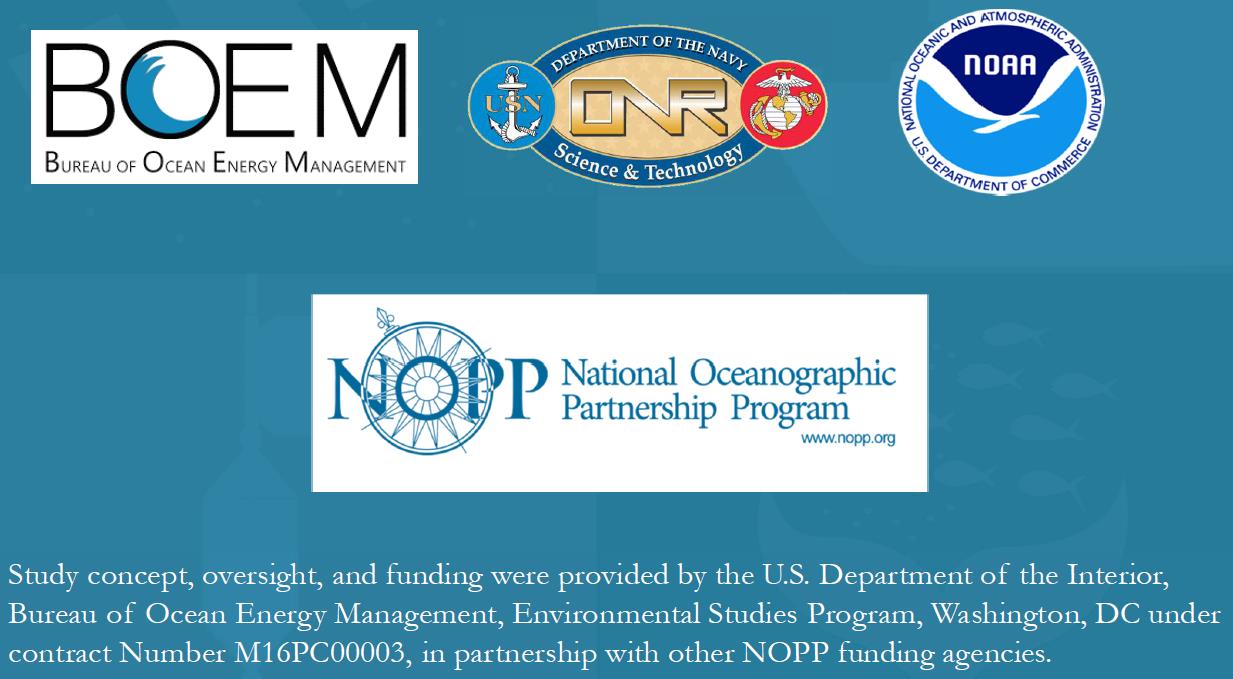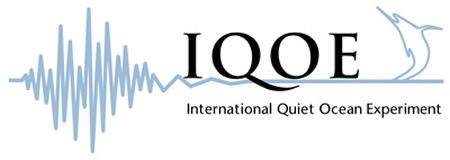You Can’t Squeeze Blood from a Stone
Well, ACTUALLY………
Yes, here comes yet another example of science blowing holes in old truisms. While true you can’t squeeze blood from a stone (to my knowledge), it turns out you CAN squeeze or swab DNA from all matter of abiotic features like stones, soil, and water. All things alive (and viruses, which may or may not be “alive” depending on who you ask) contain DNA and whenever they excrete, secrete, shed, or expire, they leave behind cells, which contain their DNA. With recent advances in technology, scientists can collect and concentrate DNA from environmental samples (eDNA) and make inferences about what organisms are (or have been) where. In fact, there’s a burgeoning field of science that uses environmental DNA (eDNA) to detect the presence of rare or endangered species, predict the colonization of invasive species, or detect wildlife and human pathogens in the environment. I’m on the R/V Endeavor to use these techniques to study how the organisms present in the marine water column change from the bottom to the surface. Our lab has a specific interest in the deep scattering layer (DSL), which is a layer in the ocean with high concentration of animals. It is so thick that it can look like a false seabed on sonars. The depth of the DSL is not fixed as the organisms migrate from deeper water to shallow water during the night, so the DSL depth must be estimated at each site, using a shipboard echosounder, before water samples are taken. We collect the water from different depths using the CTD rosette – an instrument with 24, 10-liter niskins (water bottles). On deck, all niskins are initially open. At each site, the CTD gets lowered to the seafloor, then pulled up slowly with a winch to our target sampling depths. From the control station on the ship, we send the CTD signals to close certain niskins at certain depths. Our lab is interested in water from the bottom, below the DSL, in the DSL, above the DSL, and the surface. On deck, I take water from three niskins per depth. These are our biological replicates to ensure statistical significance should we observe differences in our samples. Collecting eDNA from these different depths will help identify the organisms that comprise the DSL, and if the animals in the DSL are different than those found at other depths. In the lab on the ship, I filter 1 liter of water from each sample and store those filter in the freezer. When I get back to the lab on shore, we will extract all the DNA concentrated in our filters. Then we will use bioinformatics techniques to categorize the DNA from different taxonomic groups present in our samples. At the end of this research cruise, I should have 102 filters ready for DNA extractions. Sounds like I’m going to be busy this summer.
Today is Father’s Day. Happy Father’s Day to my dad and my brothers. I’m sorry I can’t be with you today, but you bunch of workaholics surely understand.




